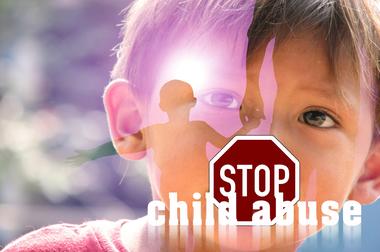
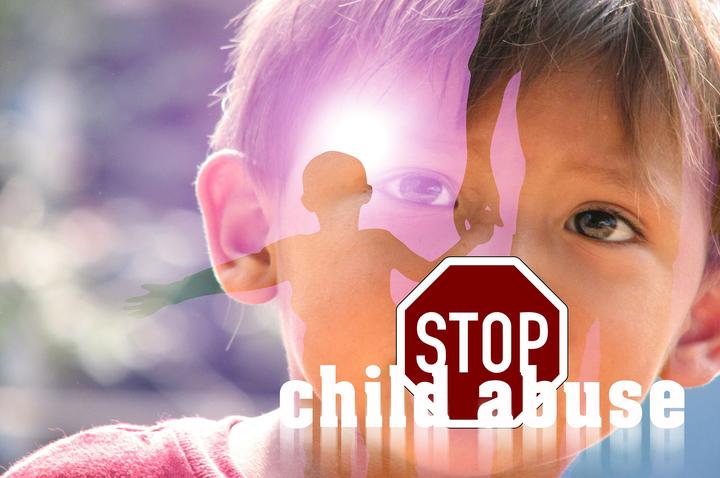
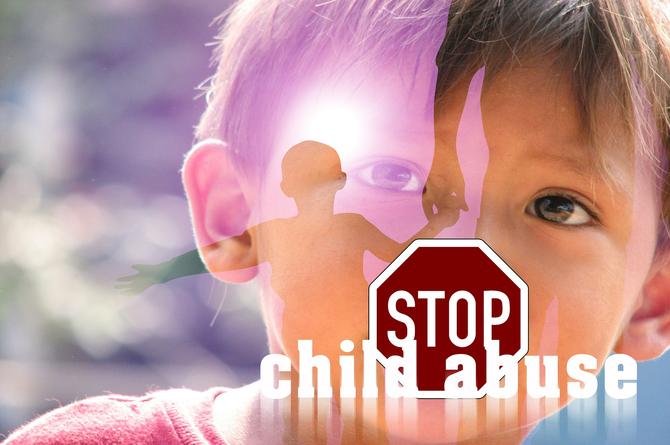
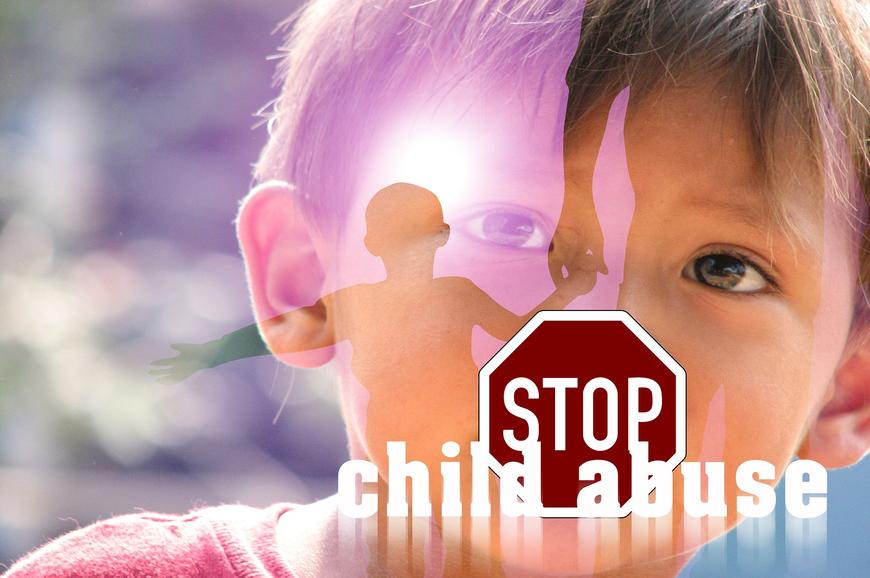
Many people believe that child abuse and neglect is a rare occurrence, and that there are some families that are in risk, in which violence against children has “natural” determinants due to the specific characteristics of the families themselves: a poor economic situation, a low level of parents' education, deviant and criminal behavior of family members, the absence of one of the parents, the presence of mental illness among family members, etc. Such an understanding of violence against children is directly related to a rather limited idea of what really should be considered as cruel treatment of children. I think that the correct definition of the problem of child abuse and neglect and, also, effective ways to deal with it need to be paid more attention and I am going to research them in my work.
There are five types of child ill-treatment: physical, sexual, emotional or psychological abuse, and physical and emotional neglect (Nanda). The causes of child`s ill-treatment vary and are not fully understood (Polonko). Abuse and neglect of children are often accompanied by physical injuries, stunted growth and development, and mental problems.
Violence over a child is much more painful than people can even imagine. People do not take into account that physical abuse, which is the most visible, is not the only type of violence. There are other types of violence, for example, emotional abuse and neglect the child affects in a high degree into a child`s future life, character, and emotional state. Ignoring the child's needs is also an option for child abuse (Encyclopedia.com). It is obvious that violence against children leads to serious emotional damage. The psychical and emotional state of the child is very delicate, the child can be offended even occasionally, and how strong is the harm in child`s soul from intentional violence no one knows (Smith).
To understand the importance of researching this problem, let us see a little statistics.
In 2002, 1.8 million cases of child abuse or neglect were reported in the United States, 896,000 cases were confirmed. Children of both sexes suffered from the same frequency.
In 2002, in the United States, approximately 1,400 children died due to ill-treatment, about 3/4 of them were under 4 years old. One-third of the deaths were associated with disregard. Children from birth to three years are most often victims (16/1000 children). More than 1/2 of all reports to the Child Protection Service were made by specialists responsible for identifying and reporting cases of child abuse (for example, teachers, social workers, law enforcement officials, law enforcement agencies, child care providers, medical institutions, guardianship officers). Various forms of cruel treatment with the child often intersect or interact (Frehsee).
It is horrible, is not it?
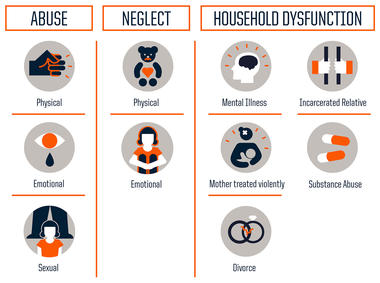
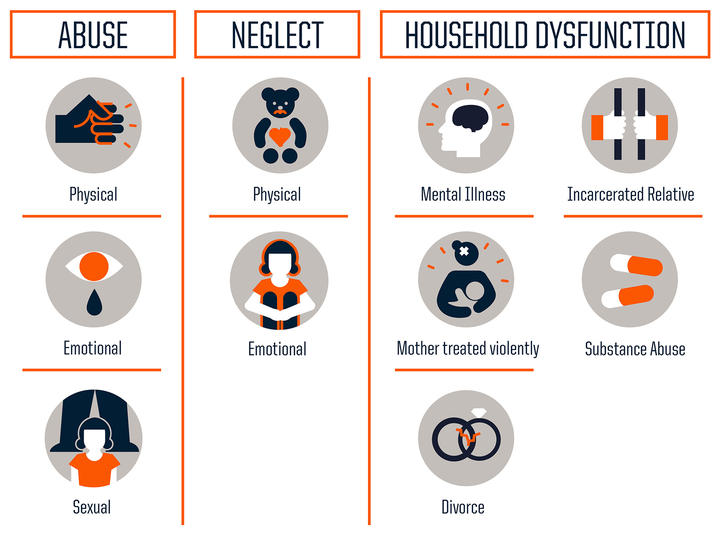
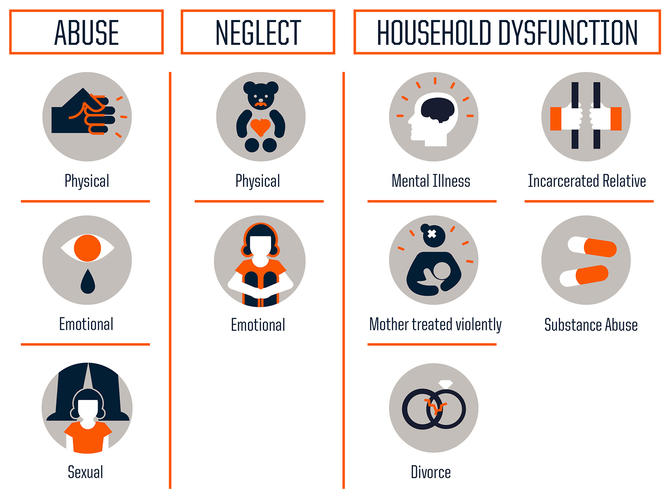
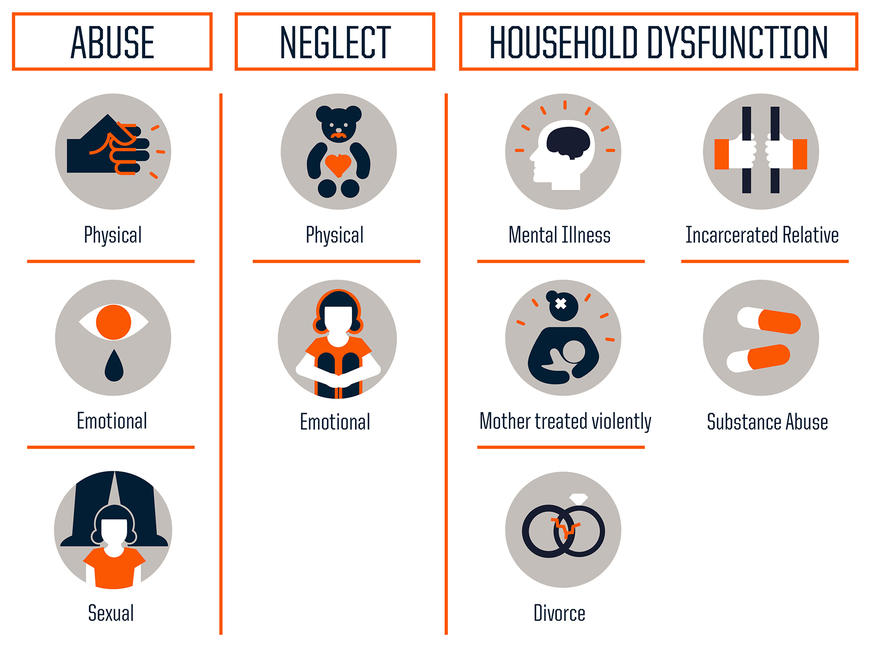
It is interesting to know, that psychologists consider four myths about child abuse and neglect.
The first myth says that ill-treatment is only when violence occurs. This is misleading because physical violence is one of the forms of cruelty towards the child. Neglect and emotional violence do not cause less damage than ill-treatment, and these species are more “sophisticated” and “subtle” and therefore are not always noticeable. That is why ill-treatment is so serious; it is not easy to recognize it (Smith).
The second myth says that only bad people are violent toward their children. While it' is easy to say that “bad people” only are violent towards their children, the situation is not unclear and not only “bad people” are guilty. Not all offenders intentionally harm children. Many of them were victims of violence in the past and they do not know other ways of education. Others struggle with psychological problems or with the abuse of alcohol. For such people, violence is a way to show their importance and throw out their emotions, as well as a way of parenting. This is not because they are bad, but because they do not know how to act differently. They cannot be polite and kind with their children because it is alien for them and almost all people use their parent`s educational model in the future for themselves (Smith).
The third myth says that violence does not happen in “good families”. Violence against children occurs not only in poor families or in bad neighbors. It does not depend on race, economic conditions, or culture. Sometimes families who have everything safely outside have their “skeletons in the closet”. In such families, it is very difficult to suspect violence, because people are used to see a picture and associate it with them. If before people’s eyes there is a family which is very poorly dressed, people imagine a picture of how parents scream at the child, people immediately represent scenes of violent behavior and no one thinks about the fact that the child is dressed that way just because his parents work from dusk to dawn to earn for living. While before the people’s eyes there is a nice family and everyone is smiling no one will think that this is a “mask” and that under the rich child`s clothes there are bruises and abrasions. Most people see only what they want to see (Smith).
The fourth myth is also a delusion. According to the latest myth - most offenders are unfamiliar. While violence occurs on the part of strangers, most abusers are family members or people who are close to the family. In confirmed cases of violence or neglect of children in more than 80%, ill-treatment was noted by the parents; in 58% of cases - on the part of women (Smith).
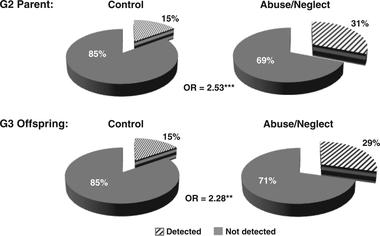
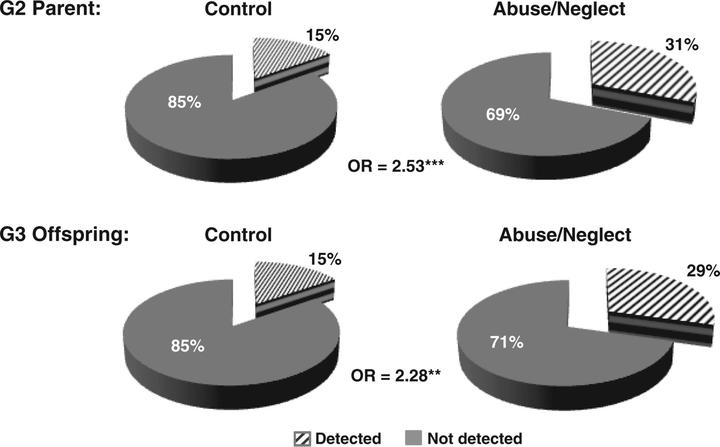
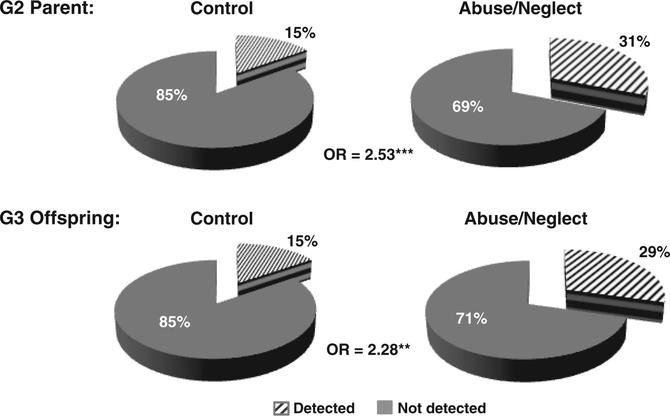
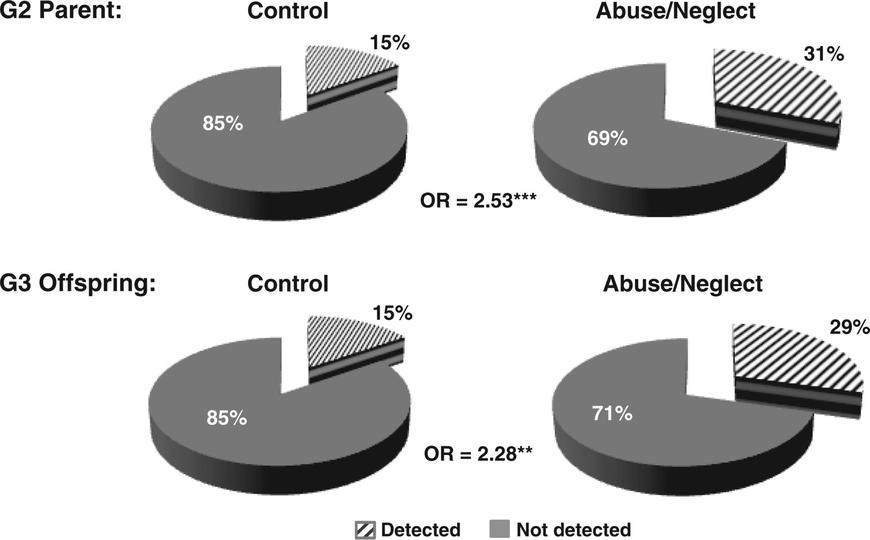
Attached file: Child Abuse and Neglect.doc
Click download to get access to a full version of the paper
As I mentioned earlier, there are various forms of violence, conventionally they can be divided into economic, social, political, ideological, physical, etc. Violence can take the form of physical, emotional and verbal, mental and sexual. These types of violence include a wide range of different activities (Finkelman). Let us look at some of them in more detail.
Physical abuse is the infliction of physical damage to the child or the risk of such damage. Physical violence includes such actions as punching, beating (Flowers). Among behavioral and psychological indicators, which are common for children who became victims of this kind of abuse; one can distinguish the following: delayed development, lack of mobility, fear of physical contact, fear of going home, anxiety when other children cry, ticks, sucking fingers, rocking, aggression, excessive shyness, avoiding of peers, and fear of adults.
Psychological abuse is a constantly repeated humiliation, insult, bullying or terrorizing (threats, exposure to danger) of a child. Often, psychological violence is referred to as emotional violence (directed toward the emotional sphere of the psychic) and verbal violence (by the method of causing injury). Emotional and verbal violence is characterized by the appropriation of nicknames, insult, the threat of physical harm or damage, shouting and anger, denial of relationships (emotional and verbal isolation), pressure or compulsion to do what the child does not want (Flowers). Among signs of psychological abuse there are such features of mental state and child’s physical development as delay physical and intellectual development, nervous tics, sucking fingers, enuresis, sad appearance, somatic reactions (weight loss, obesity, gastric ulcer, skin diseases, allergic pathologies); and such features of the child’s behavior as anxiety, disquiet, sleep disturbance, propensity to solitude, depression, aggressiveness, excessive pliability and obedience, servile behavior, escape from home, threats and attempts at suicide, problems with communication, poor academic performance, and low self-esteem.
Sexual abuse is the sexual behavior of an adult engaging in a child's sexual activities or the sexual exploitation of a child. Sexual violence against children involves numerous activities and is supplemented by such actions as coercion or encouragement of the child to make sexually colored touches to the body of an adult or child, etc. (Flowers). It is important to note that with sexual abuse in the family, children tend not to get physical injuries. Sexual coercion in the family is not a single event, but a slowly developing and long-lasting and, therefore, difficult to detect process. The English psychologist Zeid Hall describes adults who were sexually abused in their childhood as “victims of life, all consonants and silent”; they have low self-esteem and a sense of being offended, polluted. Victims of sexual violence are often prone to anxiety, alcoholism, depression; they have eating disorders, obsessive memories with repetitive images and nightmares (Ruth).


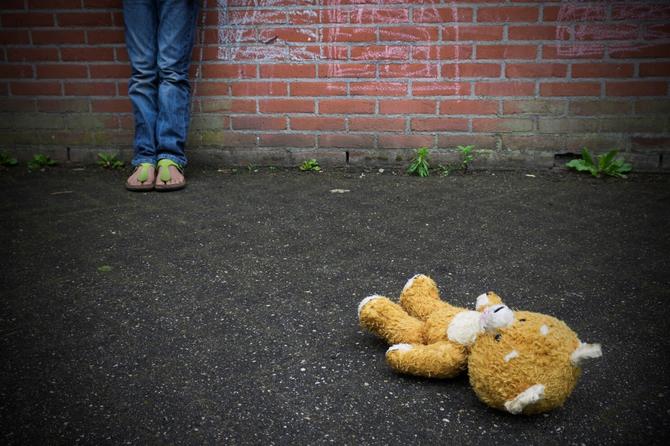
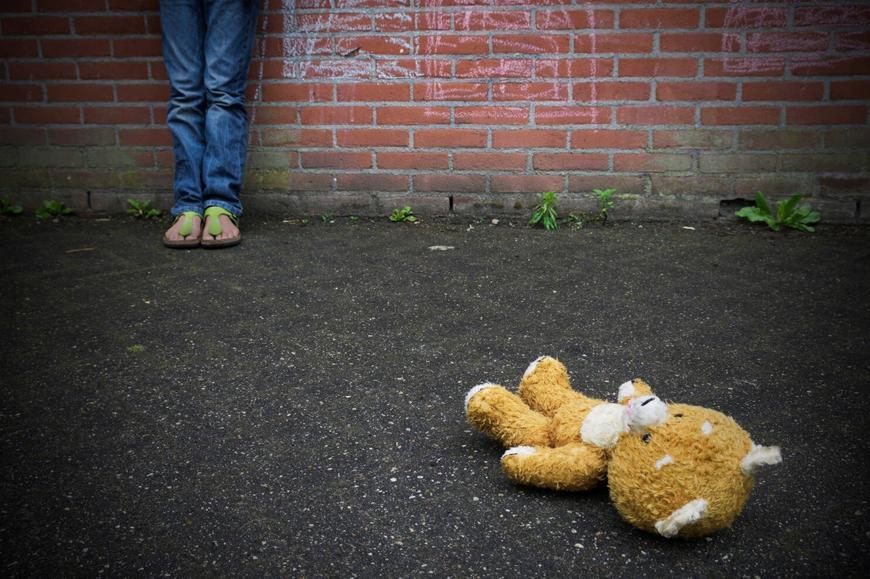
Among character traits of children who have experienced this kind of violence are: a decrease in the degree of trust in other people, post-traumatic reactions: fears, nightmares, anxiety, depression, loss, sensitivity, convulsions, inability to care (empathy), a low level of self-esteem, uncertainty, a sense of inferiority, high importance of warm emotional ties, sincere relationships, quiet speech, speech disorders, feelings of guilt, self-blame, difficulties in independent decision-making, passive position.
Neglect of the basic needs of children is lack of elementary caring for the child, as a result of which, his emotional state is disturbed and there is a threat to his health or development (Ruth). This is lack of due ensuring the basic child’s needs in food, clothes, shelter, education, upbringing, and medical assistance from parents; lack of attention and care; leaving children unattended, what can lead to accidents, poisonings and other consequences, dangerous to the child’s life and health. Families, in which this type of violence occurs, are usually representatives of a low socioeconomic level. Poverty and unemployment are characteristics of such families. Fathers in such families are either completely absent either do not participate in the families’ life. Mothers often experienced deprivation from their own parents in childhood by themselves and, as a result, have so little stock of warm feelings. However, neglect of children also happens in complete families who do not experience material difficulties. Neglect of children is more difficult to detect than physical or sexual violence since this type of child ill-treatment is not in the medical field. The child may find himself in a hospital, as a rule, only when neglecting his basic needs leads to an inorganic delay in development: a slowdown in growth and development. Among signs of neglect of the child's basic needs are such features of the child’s appearance as sanitary and hygienic neglect, low body weight, growth retardation, a general lag in the physical development, delayed speech development, wearied appearance, drowsiness, pediculosis, untidy or unsuitable clothes, chronic infections, numerous hospitalization, multiple injuries from accidental traumas or poisoning; and such peculiarities of the child's mental state and behavior as feeling of constant hunger or thirst, stealing food, coming easily into contact with strangers, independence, having difficulties in learning, low achievement, showing aggressiveness, passivity, depression, regressive behavior, difficulties of communication, masturbation, demonstration of delinquent behavior.
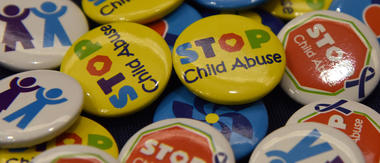
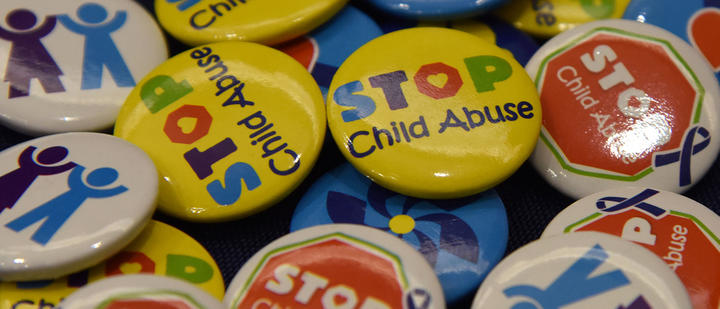
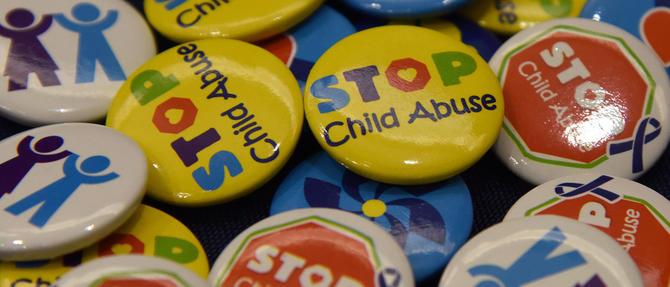
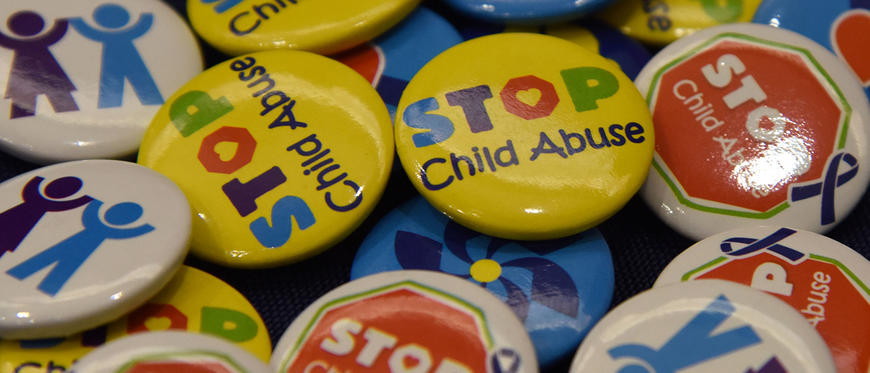
It is important to note that all the above types of child ill-treatment are rarely found in pure form (Nanda). Usually, they are combined. In addition, each separately taken manifestation of violence, as a rule, is accompanied by psychological pressure: bullying, humiliation, denial of life important needs, and establishing of omnipotence and permissiveness.
After identifying a clear definition of child abuse and neglect, it is important to talk about the ways to deal with it. In recent years, special attention has been paid to finding such ways to prevent parental cruelty against their children and developing specific programs for the provision of social assistance and support to child victims of violence (Norman). However, in the work of prevention of violence against children in the family, priority should be given not to punitive measures such as deprivation of legal parental rights to the child, but early prevention. The work on solving the problem of violence against children in the families should be built in three directions: preventive, diagnostic and correctional. Preventive work includes education of parents on the rights and freedoms of children, enshrined in international and federal legislation; the rejection of culturally justifiable forms of violence, especially in the field of upbringing and re-education of children; complete refusal of physical punishment; imparting a value attitude to children and childhood, etc. This work can be built using such forms as the use of poster information, speaking at parents' meetings, holding parent clubs, publishing newspapers within the educational institution, individual interviews, and consultations, etc. (Nabarro).
Speaking about the refusal of physical punishment, it is important to notice that, it is one of the main steps on the way to deal with child abuse and neglect. Experts argue that physical punishment teaches the child a lesson in violence (Nabarro). It violates the unconditional confidence that every child needs - that he is loved. It contains a lie: pretending to solve pedagogical tasks, parents, thus, tear off their anger on the child. The adult beats the child only because he was beaten when was a child himself. Physical punishment teaches the child to accept on faith contradictory evidence: “I beat you for your own good.” The child's brain stores this information. It, also, causes anger and a desire to take revenge, the desire remains repressed and manifests itself only much later. And, at last, it destroys susceptibility to one's own suffering and compassion for others, thus limiting the child's ability to recognize him and the world. Thus, it is important for parents to be a good example for their children, because threats, as well as beating, mental pressure, insults, etc. rarely improve the situation. Children often adopt their parents’ behavior and learn from them how to cope with anger without using force. It is also important being such parents that the child will be able to tell about anything that would happen to him. The child should be sure that his parents will always love him and will never stop looking if he is lost or will be kidnapped.
In conclusions, I would like to mention, that childhood is such a stage in a person's life when health is formed, and personal qualities and values that determine the quality of his future life are laid. At the same time, this is the period when a child, due to his social status, is dependent on adults and needs their support and protection. Unfortunately, in the harsh reality many children experience violence, become witnesses and victims of physical, sexual and emotional abuse by adults, that is why there must be proper control and timely response to the cases of child abuse and neglect. It is important to remember that a happy childhood is key for successful and fulfilling adult life.
Have your paper written from scratch with Writing Endeavour and be sure to receive a high grade!